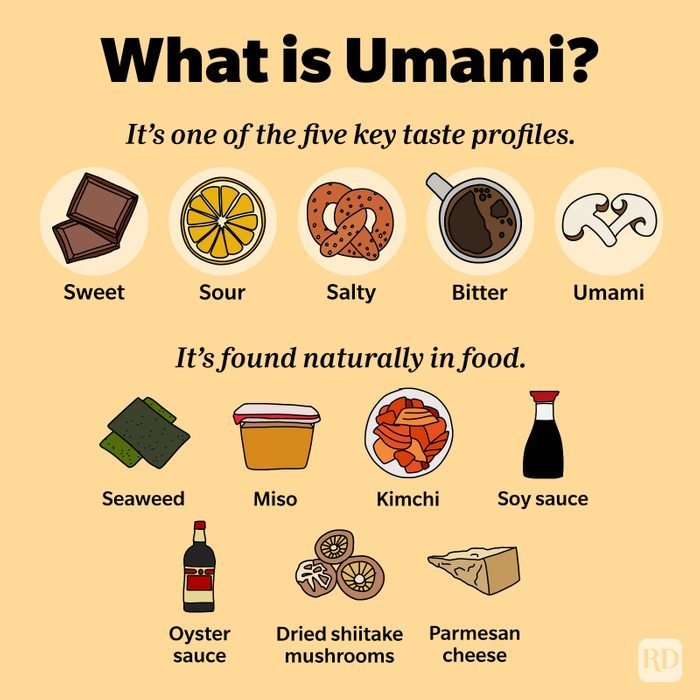Understanding Umami
Passed down through the ages, Chefs have known that some key ingredients such as anchovies and soy sauce give dishes greater depth of flavour, they haven’t always understood the science behind it…
The answer to these ‘flavour bomb’ ingredients lies in the groundbreaking research of a Japanese scientist named Kikunae Ikeda. In 1908, while trying to understand what gave Dashi such a bold flavour, Ikeda identified a ‘fifth taste’ umami, or, in Japanese, ‘deliciousness’. He traced its source to glutamic acid, an amino acid plentiful in the seaweed and dried bonito flakes used in dashi. For years, scientists thought there were only four primary tastes that can’t be produced by combining others).
Twentieth-century scientists debated whether umami was a true primary taste on par with sweet, sour, salty and bitter. However after researchers proved that umami foods could produce electrical signals in taste nerves, and after neuroscientists at the University of Miami found taste-bud receptors on the tongue for umami, the legitimacy of the ‘fifth taste’ was fully established.
Glutamic acid, (the amino acid responsible for the umami sensation) occurs naturally in many foods, such as truffles, tomatoes and scallops. It is present in proteins and in foods that are aged, fermented or very ripe. Adding such ingredients to any savoury menu item can help its natural flavours ‘pop’ making foods taste richer and more fully rounded without necessarily adding a pronounced Asian flavour.
After adding an umami-rich flavour enhancer’s such as a fermented soy sauce, you’lll perceive an improvement in the dish before you detect the enhancer.

